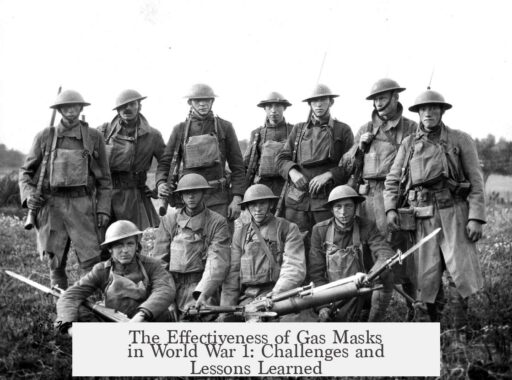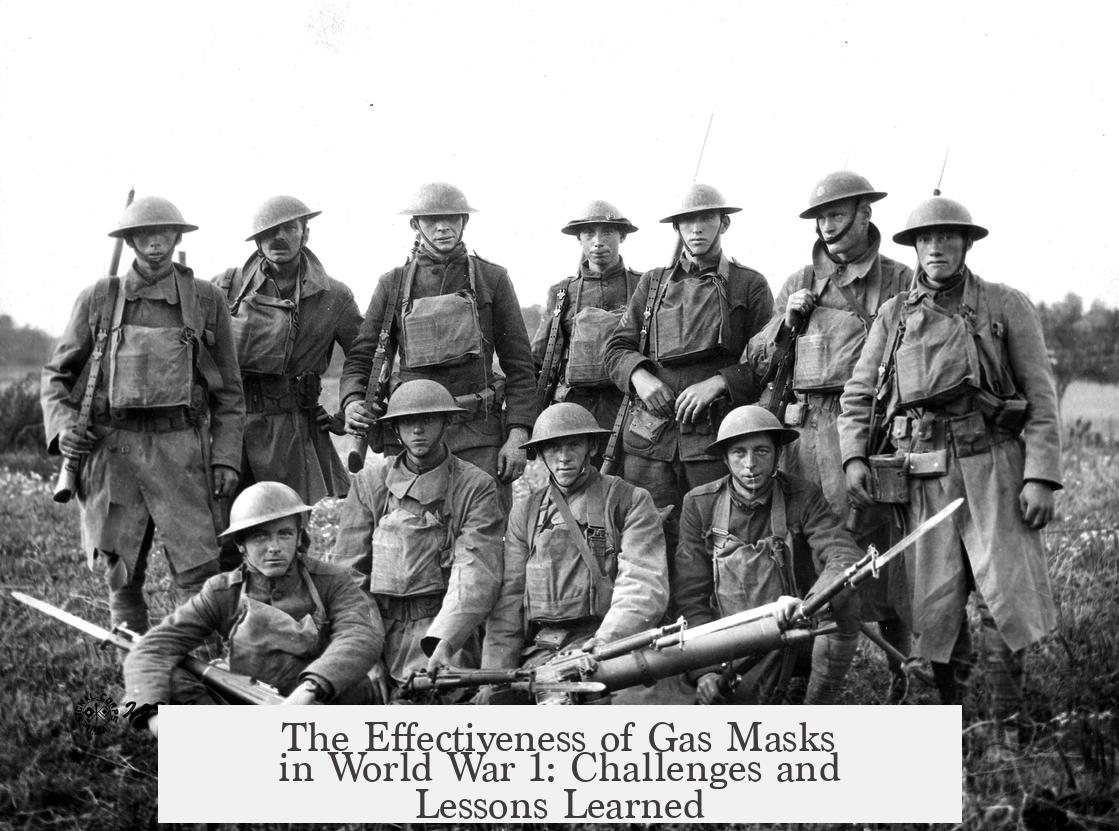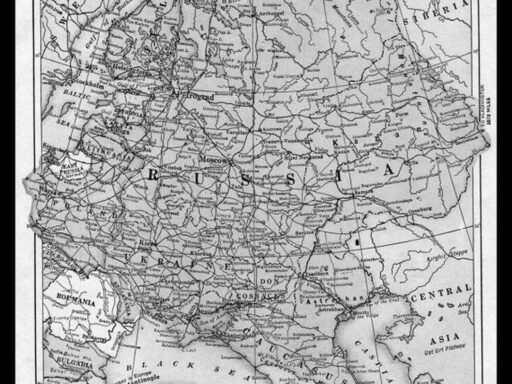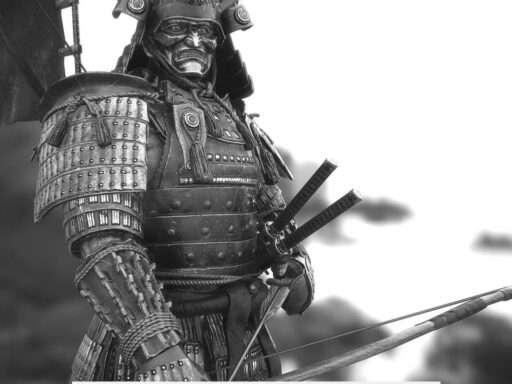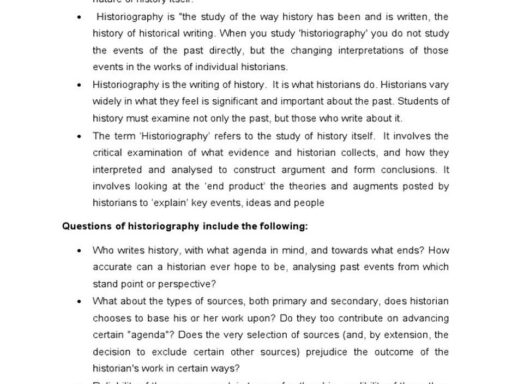Gas masks in World War 1 were partially effective but faced significant limitations. They protected soldiers mainly from respiratory harm caused by certain gases. However, their effectiveness depended on matching the mask filter to the specific gas used, which was challenging as chemical warfare evolved rapidly.
Initially, gases like chlorine (dichlore or “Bertholite”) were used. Early countermeasures included improvised methods such as soldiers soaking fabric in urine to neutralize chlorine’s effects. This helped before proper gas masks were issued.
With the escalation of chemical warfare, new gases were introduced. Masks effective against one type often failed against others. For example, a gas mask designed for chlorine might not protect against phosgene or mustard gas. Soldiers had to adapt quickly, but sometimes would don masks that offered inadequate protection.
- Gas masks blocked inhalation of toxic gases but did not protect skin.
- Some gases caused chemical burns and blindness through skin contact, which masks alone could not prevent.
- Full protection would have required nuclear, biological, chemical (NBC) suits, which did not exist then.
Wearing gas masks also affected combat performance. Visual clarity suffered, making it difficult to aim weapons accurately. Soldiers faced a dilemma: keep the mask on and lose offensive capability or remove it risking exposure.
| Aspect | Effectiveness | Limitations |
|---|---|---|
| Respiratory Protection | Effective against specific gases matched by filters | Filters ineffective against new/unknown gases |
| Skin Protection | No protection | Exposure to burns and blindness possible |
| Operational Impact | Reduces gas exposure | Visual impairment, lowers combat efficiency |
Gas masks provided crucial respiratory defense during World War 1 chemical attacks. However, their efficiency was limited by rapidly changing weapons, lack of skin protection, and practical difficulties in use. They were a vital but imperfect solution in an evolving warfare environment.
- Gas masks worked mainly against specific gases but not all types.
- They protected lungs but not skin from chemical agents.
- Using masks impaired soldiers’ vision and weapon handling.
- Adaptations were needed as new gas types emerged.
Were Gas Masks in World War 1 Effective?

Gas masks in World War 1 were indeed effective, but only to a point. They provided crucial respiratory protection, yet fell short against new chemical threats and didn’t prevent skin damage. This meant soldiers were safe breathing but still vulnerable in other ways.
Let’s dive into why gas masks mattered so much, their strengths, limitations, and what it was really like to wear one under fire.
The Chemical Arms Race: How Gas Masks Stayed One Step Behind
When Germany unleashed chlorine gas early in the war, troops scrambled for solutions. The initial protection was surprisingly crude. Soldiers reportedly soaked cloths in urine—a hasty, smelly countermeasure. Why? The ammonia in urine reacted with chlorine, reducing its harmful effects. Resourceful? Absolutely. But hardly convenient.
Soon, specialized gas masks arrived. These early models featured filters designed to neutralize specific gases. Here’s the catch: one filter worked against one gas only. When new gases emerged, old filters failed. It was a constant game of catch-up.
For example, after chlorine, the Germans deployed phosgene and mustard gas, each demanding different defenses. Soldiers would put on their gas masks in panic, only to discover their filters couldn’t handle the new poison. Imagine gearing up for battle, trusting your mask, and then realizing it offers no real shield. That’s WWI chemical warfare in a nutshell: adaptation or perish.
More Than Just Breathing: The Scope and Limits of Gas Masks
Gas masks primarily protected soldiers from inhaling deadly gases. They covered the nose and mouth, filtering out hazardous chemicals before they could choke or poison. This respiratory protection was a lifesaver when it worked correctly.
But chemical attacks didn’t just hurt lungs. Mustard gas, for example, caused nasty chemical burns on exposed skin and could blind victims. Gas masks? No help here. Soldiers remained vulnerable to skin burns, eye damage, and long-term injuries.
Back then, full-body protective gear wasn’t available. Today, we have NBC suits (nuclear, biological, chemical suits) that cover the entire body. But in WWI, gas masks were the frontline defense—better than nothing, but far from perfect.
The Harsh Reality of Wearing a Gas Mask in Combat
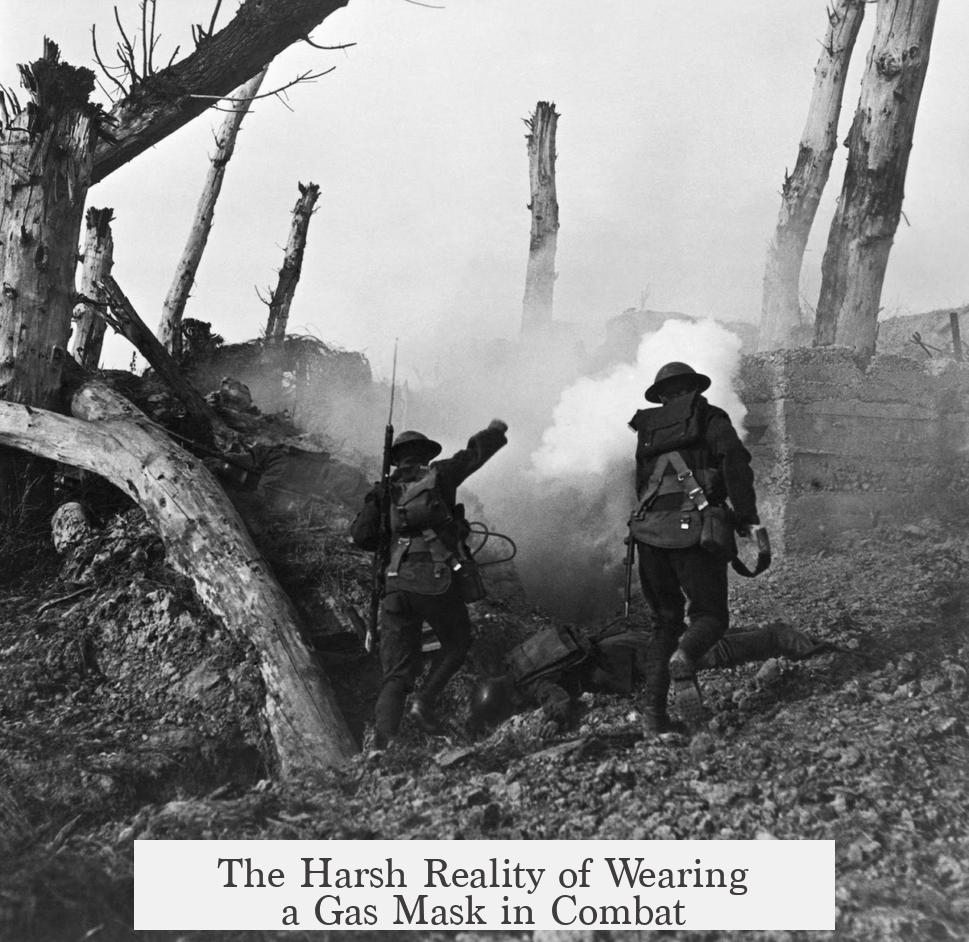
Picture this: mud, chaos, and the bitter cold trenches of WWI. You suddenly smell gas. You yank your gas mask on. Now what? You can hardly see. The mask’s glass lens fogs, narrows your field of vision, and hampers your ability to aim or communicate.
Soldiers faced a tough choice during gas attacks: keep the mask on and be nearly blind, or remove it to fight but risk inhaling poison. Neither option was ideal.
This lack of visibility didn’t just reduce soldiers’ accuracy—it sometimes meant the difference between life or death for both themselves and their comrades. The tactical limitations of the gear show that although gas masks reduced casualties, they also complicated combat.
Why Gas Masks Were Still Crucial Despite Their Flaws
Even with all these drawbacks, gas masks saved thousands of lives. Without them, chemical weapons would have been far deadlier. Their introduction forced militaries to rethink battlefield tactics and accelerate innovation in safety and warfare.
Impressively, soldiers and engineers continually improved mask designs. Filters became more effective and adaptable. Training improved so troops could don masks quickly under stress.
Also, the psychological impact was huge. Knowing there was some protection against invisible poisons boosted morale. Can you imagine facing a toxic cloud without any defense? Not fun.
What Can We Learn from WWI Gas Masks Today?
The story of WWI gas masks is a compelling example of innovation amid crisis. Modern protective gear owes much to these pioneering pieces of equipment.
Today’s chemical and biological suits boast multi-layered protection and advanced filtration, built on lessons learned a century ago. Still, the cycle of attack and defense continues—echoing the WWI reality where preparedness technology trailed behind toxic threats.
So when you wonder, “Were gas masks effective in WWI?” the answer is layered. They weren’t flawless shields, but a vital, life-saving technology that made a real difference. And despite their quirks—blurry vision, patchy coverage—they played a silent hero’s role in brutal trench warfare.
Final Thoughts: A Mask That Was Both Savior and Challenge
Gas masks in World War 1 changed the face of war and survival. They were effective but limited by the rapid evolution of chemical weapons and design challenges. They couldn’t stop burns or blindness, and they strained soldiers’ senses, making fighting harder.
Yet, the masks provided a critical respiratory barrier. Without them, casualties from gas attacks would have soared higher. They also sparked a continuous cycle of technological advancement in warfare defense that persists today.
So next time you see an old WWI photo of a grim-faced soldier in a bulky gas mask, remember—it was a symbol of hope amid horrors, a necessary, if imperfect, shield against invisible killers. Their legacy is a testament to human ingenuity under pressure, and a warning that in war, adaptation isn’t optional—it’s survival.
